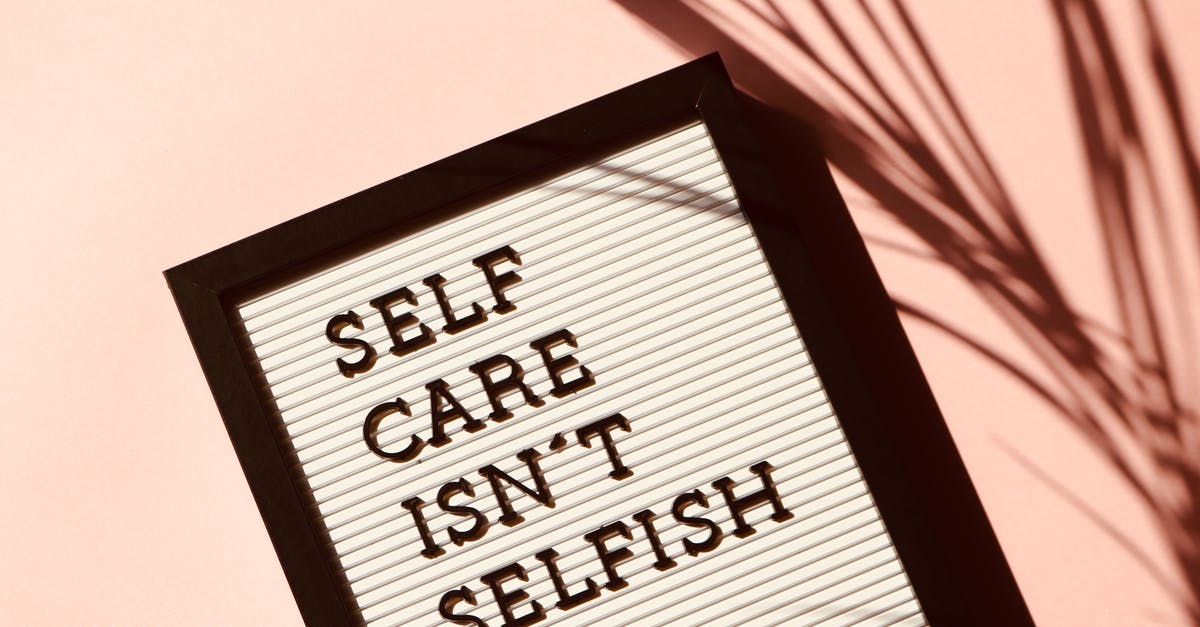What is a "raw smoked" gammon (or ham)?

In many recipes I've come across the term "raw smoked gammon" (sometimes also "raw smoked ham"). English is not my primary language, so such terms are sometimes difficult. This site has an answer on what "gammon" is (meat from pig's hind leg), but I'm baffled by the "raw smoked" part. How can something be raw and smoked at the same time?
The way I understand these terms:
If it's raw then, well, it's raw - it hasn't been processed in any way. The butcher cut a piece off a freshly slaughtered animal and delivered it to the store, probably cooled (but not frozen). You can't eat raw meat, you need to process it first.
Smoked on the other hand means that it's been processed with smoke, all the bad bacteria have been killed, and it's safe to eat. Also, it's the very opposite of "raw".
So... WAT?
Added: also, I realize that such things might be regional. Foodstuffs that are common in one country might be nonexistent in another. Perhaps this is one of such cases, so I'll really appreciate a detailed explanation. :)
Best Answer
There is a lot of ambiguous and misused terminology in cooking... added to that, different countries have specific legal definitions for foodstuffs that vary from one jurisdiction to another.
Gammon vs. Ham
Some sources call it gammon if it is raw, while others claim gammon differs from ham because it is cured with the belly and then detached, whereas hams are detached from the rest of the animal and then cured (a nearly useless distinction); also the words gammon, ham and bacon are sometimes used interchangeably. In the US we call it ham when it is cured, whether it is cooked or raw; and we call it fresh ham if it is uncured (We pretty much call anything from the hind leg of a pig ham).
Fresh vs. Raw vs. Cooked
Raw does not mean that no processing has been performed, it just means that it hasn't been cooked or the proteins haven't been denatured chemically. Curing, smoking, marinating, freezing, and drying, and milling can all be performed without cooking.
Generally, "Fresh" means no processing has been performed. In the US and UK, the term "fresh frozen" has gained a foothold more as a marketing term than actually providing useful information.
There are a number of cured hams that are eaten raw and are safe. For example prosciutto, jamón ibérico, jamón serrano, and some country hams in the US. Most of these are dry cured and may or may not be smoked.
Types of smoking.
The more commonly known type, and what most people call "smoking", is actually hot smoking. Hot smoking is what happens when the item being smoked is kept in a smoker at a temperature high enough to cook the item, usually in the 225-250?F/105-120?C range.
The other type of smoking is cold smoking. During cold smoking the smoker or smoking chamber does not get hot enough to cook the item being smoked, usually 100?F/38?C or lower. This type of smoking used to be much more common as an added protection and flavor for cured foods as well as food that are more delicate. These include gammon/hams, fish, cheeses, bacon, and seafood. Just as many foods that were previously dry cured are now wet cured, many of these products are now produced industrially using "wet smoking" or smoke flavor additives instead of cold smoking methods.
As with cold-smoked meats, some "wet smoking" yields a product that is technically raw, because its proteins have not been denatured by heat. Instead, liquid smoke or smoke flavor is added to the brine or applied as a coating before cooking.
Cold smoking has had a bit of a resurgence lately with the invention of smoke guns, which allow you to add smoke without the need of a large cold smoker.
Pictures about "What is a "raw smoked" gammon (or ham)?"



What is uncooked gammon?
Gammon is meat that has been cured (by being salted, brined or smoked) and sold raw, whereas Ham is meat that has been dry-cured or cooked, and is sold ready to eat. In a nutshell; when you've cooked your Gammon, it becomes Ham. John Williams.Is gammon raw or cooked?
Gammon is sold raw and ham is sold ready-to-eat. Gammon has been cured in the same way as bacon, whereas ham has been dry-cured or cooked. Once you've cooked your gammon, it's then called ham.What do you call a raw ham?
A fresh ham would be an uncured leg of pork. The fresh ham will have the term \u201cfresh\u201d in the title of the product. The term fresh means that the product has not been cured in any process. The term \u201cturkey ham\u201d refers to a ready-to-eat product that is made from the cured thigh meat of the turkey.What is the difference gammon and ham?
Gammon is sold in supermarkets and by your local butcher raw, and requires cooking before you can eat it, whereas ham is ready to eat immediately, but both are made in a very similar way. Both gammon and ham are cuts from the hind legs of a pig, and are either salted, brined, or smoked.How to cook gammon - BBC Good Food
More answers regarding what is a "raw smoked" gammon (or ham)?
Answer 2
'Raw smoked gammon' indicates that it is a piece of cured pork that has been subjected to a cold smoking process to improve flavour but NOT enough to cook it to ensure that it is safe to eat - so it counts as raw meat and still needs cooking. Smoked hams (in UK anyway) are usually sold cooked and safe to eat.
Answer 3
To quote BBC Good Food :"Simply put, gammon is raw and ham is ready-to-eat. Gammon has been cured in the same way as bacon whereas ham has been dry-cured or cooked. Once you've cooked your gammon, you can call it ham."
Smoking doesn't mean something is cooked - for example, you can buy raw smoked bacon but you still need to cook it in order to eat it!
Sources: Stack Exchange - This article follows the attribution requirements of Stack Exchange and is licensed under CC BY-SA 3.0.
Images: Brett Jordan, Brett Jordan, Yudha Aprilian, Madison Inouye
